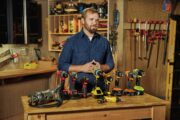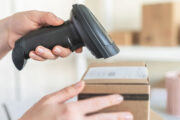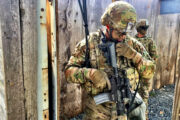Are you eager to start a new hobby? One that will finally fulfil your childhood dream of being an astronaut? While most of us probably don’t have what it takes to go into space, building and flying model rockets is something everyone can partake in – both kids and adults.
Model rockets are just some of the many types of RC vehicles, but they are certainly the most thrilling. In addition to being a lot of fun to run, they are also very complex to build. This is why most beginners in the RC hobby go for complete model rocket sets. But whatever kind of rocket set you get, it’s important to understand all the different parts, how to put them together and how to properly fly the rocket. To make everything easier here’s some useful info.
Types of Model Rocket Assembly

First, be sure what kind of rocket assembly you would like to use to begin your new hobby. The most basic rockets are pre-assembled and they are called ready to fly” or RTF. All you need to do is install the engine and ignite it. There are also scratch-built rockets (built from random parts according to your wish) or kitbashed (combining different kits).
It’s recommended for first-time flyers to start with an RTF (especially if they are younger). Slowly they can skill level 1 and continue to more increased designs. It doesn’t require too much money or skills to do this (especially if this hobby is just for fun). Don’t worry even if you’re a beginner, you could read the skill level on the package or in the manufacturer’s catalogue.
No matter if it’s an RTF, a scratch-built or a kit-bashed kit, all model rockets consist of the same basic components. When you open your kit you’ll find the nose cone, body tube, fins, engine mount, launch lug, shock cord and recovery system. They all need an engine to help them get in the air and wadding or a fire retardant or mechanism to preserve the recovery system from the hot ejection gases.
The parts are mostly made from balsa, heavy-duty paper and plastic. Follow the instructions to assemble the rocket and use the various types of glue such as Elmer’s white or yellow wood glue.
Model Rocket Engines, Launchpad, Ignition System
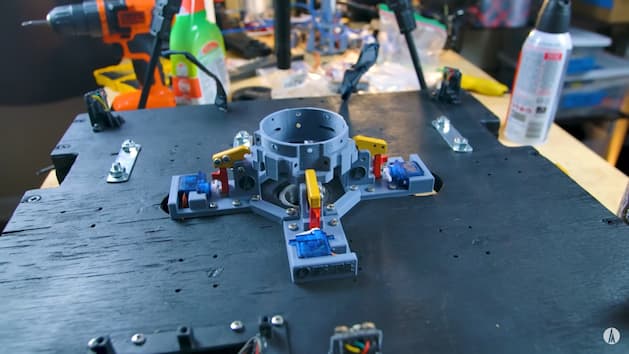
When getting model rocket sets it’s important to learn everything you can about the model rocket engine, the ignition system and the launch pad.
Single-use disposable black powder engines are used to elevate the rocket into the air. The engines include a casing, nozzle, propellant, delay element, ejection charge and end cap. Booster engines have a casing, nozzle and propellant only. Engines include many power levels and delays with low power rocketry. They come in small packs of 3 each; a few sizes come in bulk packs of 24.
All engines provide instructions and igniters. You can easily read the number code of the engine; it tells the impulse, average thrust and delays time in seconds.
Hobby rockets must use a launchpad for safe elevation. Launchpads have a strong wide base that gives them stability, a blast plate to help them divert the flames and hot particles of the engines away from the ground. It should also have a steel rod for direction at least until the rocket reaches enough speed for the fins to take over.
All model rocket ignition systems are electrical and come with a keyed controller (it prevents premature or accidental launch) a battery and a set of leads and clips. When the rocket is ready, insert the key. If everything is well, the continuity light glows and you are ready to fly.
Where to Fly?
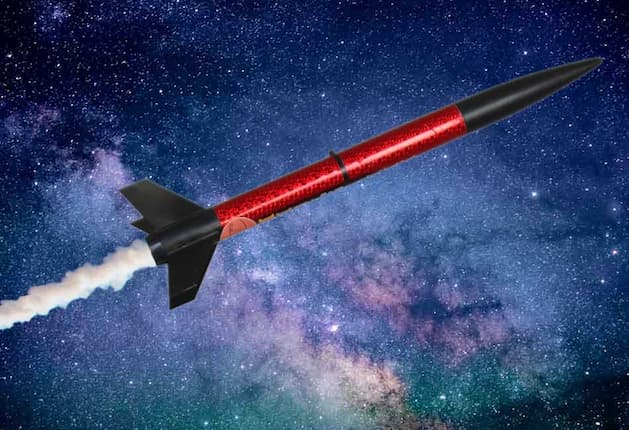
Even if you know everything about rockets, having no suitable location to fly can kill the whole vibe. You might not have a large backyard, but you can always go to the local schoolyard or park, or even to the beach.
However, be sure that you get permission to do this before you send the rocket into the sky. Be sure to get acquainted with your local fire codes as well. Make sure the place where you’ll fly is open and that there aren’t too many people. If there are people, be sure to light the engine far from them (or at least warn them).
Boost your knowledge of rocketry before you start this hobby. Read as much as you can. At least today the internet is abundant with info. Don’t attempt to do this without being fully aware of how model rocket kits work and how yours should work.
Model Rocket Flight Sequence and Recovery
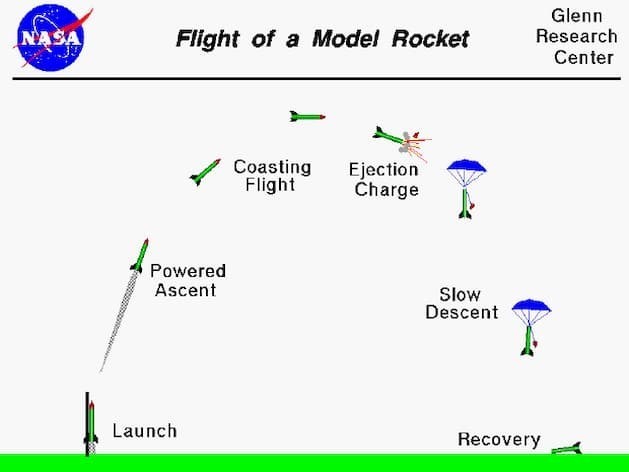
Once you push the launch button, watch your rocket fly. There will be fire, smoke and noise and the ignition will get its electric power from the battery. The igniter will glow, and the rocket immediately accelerates upward until the propellant is consumed. Then it will go through the coast phase where it reaches peak altitude and the ejection will start deploying the recovery system.
There are several types of recovery for model rockets; when the rocket is too heavy to safely land down, there will be a parachute included. Some rockets are made to glide back or use rotating blades like a helicopter.
